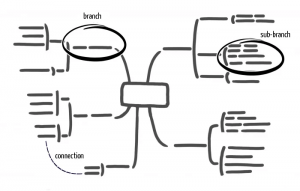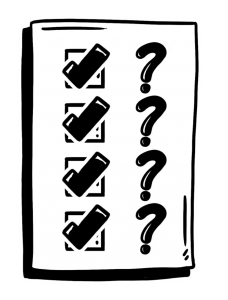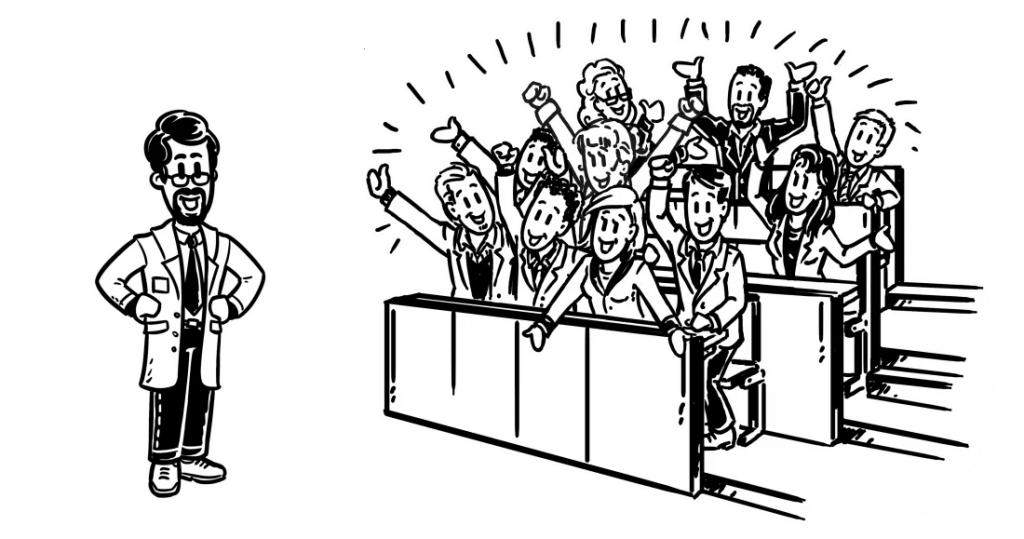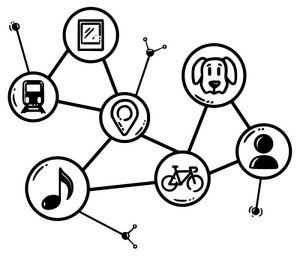The best creativity technique for your business
Anyone can be creative! You have probably heard this saying before. But is it really true? Yes, it just all depends on adopting the right technique! Creativity techniques can help you broaden your horizons, think outside-the-box or creatively solve the latest problem at work.
But what exactly are creativity techniques? And how do I apply them to my own situation?
Creativity techniques are methods and models that serve to promote creativity, generate ideas or solve problems. The methods are versatile and can be used individually or with your team to achieve the desired result. They can not only help accelerate the idea generation process, but can also help you take a different perspective or solve mental blocks. Creativity techniques are used in many industries and companies – often even special innovation workshops or innovation projects are conducted.
There are many different models. In the following, we would like to introduce you to five of them.
What are creativity techniques anyway?

The classic – Mind mapping
Mind mapping is a simple way to generate new thoughts around a certain topic. For this purpose, all associations to the basic idea are written down.
Often subgroups arise in a natural way, but structuring is not the main focus of this technique. Depending on how they are arranged, it is possible to see connections and links that were not apparent before.
This exercise is particularly effective with a team. Different ways of thinking give new impulses that help to develop ideas. Mind maps can be created not only classically with words, but also with pictures or models, for example. No matter which variant you choose, visualization in the form of a mind map has a positive effect on the creative process in any case.

The five essential characteristics of mind mapping
- The basic idea, the topic or the problem is arranged centrally.
- From this point, words and ideas go out in a circle.
- These are connected with lines and are therefore called “branches”.
- In mind maps there are different levels, this can also be represented by the thickness of the branch. Subordinate branches are often called “sub-branches”.
- There can be an infinite number of levels and words – this method is limited only by the imagination of the user.
Check, Check, Check…
The older we get, the less we question. As children, we ask many questions that can sometimes drive adults crazy. Even in everyday work, it is important to ask the right questions. The Osborn checklist approach can help with this.
This method is particularly suitable for further developing existing ideas, processes or products. But new ideas can also be generated with this method. Osborn presents 75 questions for this purpose, which are intended to open up new perspectives. The order of the questions does not matter.
This method brings things into focus. With this method, you should be careful not to be guided by assumptions or preconceived notions.
Questions over questions
Sometimes you don’t have to ask yourself all 75 questions, so start with these, which are also the basis of journalists’ and editors’ work:
- Why?
- Where?
- When?
- Who?
- What?
- How?
If you ask yourself these questions when looking for a new idea, you are sure to come up with interesting answers.

Dream like Walt Disney
It is well known that Walt Disney was a creative mind. But did you know that even a creativity technique was named after him?
In this technique, participants slip into different roles. The goal here is to put an idea through its paces and, if necessary, develop it further. This method can be performed alone or in a group. The following roles are important here:
The Three Roles:

- Dreamer – the dreamer is responsible for generating creative ideas.
- Realist – the realist questions whether the dreamer’s idea is realistic and feasible.
- Critic – the critic focus is on the risks and weaknesses of the idea.
That means, in the first step, wild ideas are spun, focusing only on idea generation. In the second step, the ideas are reviewed for feasibility: Are there enough resources? Can it be achieved with our resources? Finally, the weak points of the idea are analyzed: Are there any customers for it at all? Can the idea be easily copied?
However, this creativity technique is not quite over yet. It is a cycle – after the critic has presented his points, it starts again with the dreamer’s idea generation.
By focusing on just one set of issues, one can become more engaged with the topic at hand. In this way, deadlocked thought patterns can be broken. At the same time, it ensures that the ideas are realistic, feasible and safe.
This creativity technique is not for everyone …
It is the creativity technique of random word generation. While it may not be for everyone, if you can do it, great ideas will come!
Here, you simply choose two words and try to connect them together as imaginatively as possible. Of course, the more different the subjects of the words, the more difficult. This method can be applied to existing terms or sets of topics, or simply with random words as a creativity exercise. In the case of an exercise, online word generators can be helpful to choose random words.
For example, let’s take the words: audience and doctor. How about a story where a doctor dares to perform a spectacular surgery and therefore performs the whole thing on a stage with an audience? Or a doctor researching a serious disease whose cure seems impossible. Then he manages it after all and wins a prize. Then, at the award ceremony, he tells his heartwarming story in front of an audience that, of course, bursts into tears.
As you can see, with this technique you can really let your creativity run wild!

Think outside the Box

This method is also known as lateral thinking. Most of the time we think in a linear way, which means that if case x happens, it must be because of case y. Dr. de Bono’s method is about breaking through that and using lateral thinking to come up with new, unconventional or innovative solutions. But what exactly is the difference between linear thinking and lateral thinking?
Here’s an example: Let’s say you sell tractors. Now, when you want to pitch customers, if you think linearly, you would create marketing materials that show how great tractors are.
Lateral thinking, on the other hand, focuses on the big picture. For example, tractors are a key component in agriculture. In agriculture, there are farms and animals live on farms. A well-known children’s song is “Old McDonald.” What if you used that as a hook for your marketing campaign? Maybe a reprise of the song with adapted lyrics or maybe interesting facts about the origin of this rhyme? That was just a very simple example, but you can get an idea of the great potential of this creativity technique from it.
The best creativity technique is…
Even if it is sometimes difficult to be creative, the methods presented can help to increase your creativity and generate new ideas. In the end, you know best what kind of creative idea you need and can pick the best creative technique for your business
Would you like to try out the methods you have just learned? Then create an explainer video with the simpleshow video maker. Simply enter your creative text and our artificial intelligence will take care of the visualization and animation. And don’t worry if the creative ideas don’t work out yet. At simpleshow, you’ll find explanation experts and a bunch of creative minds who can easily create professional explanatory videos for you.
